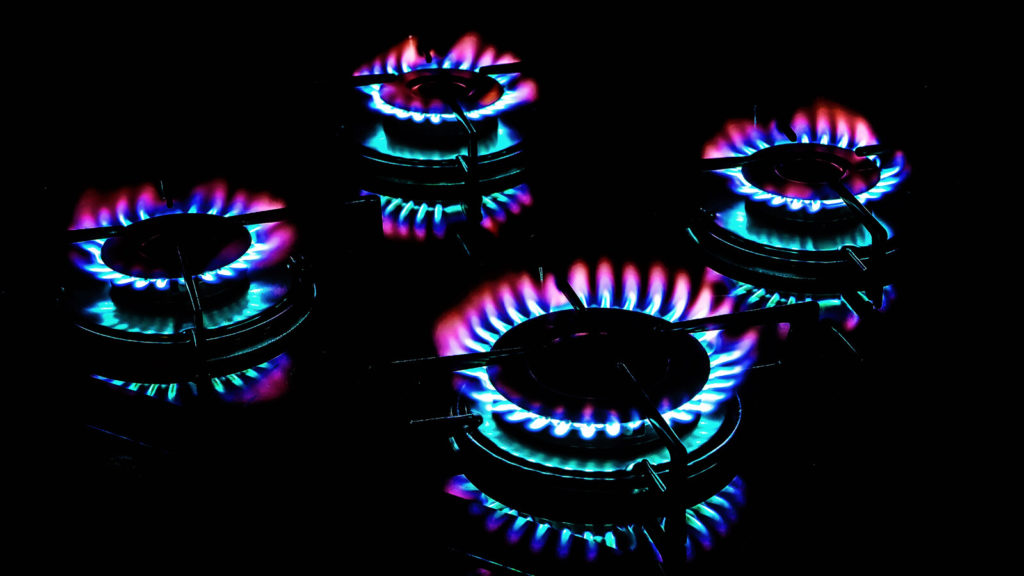 U.S. natural gas futures slid about 2% on a rise in output over the past month and the still high amount of gas in storage despite weeks of below normal injections.
U.S. natural gas futures slid about 2% on a rise in output over the past month and the still high amount of gas in storage despite weeks of below normal injections.
That price decline came even though hot weather is expected to return in late July and early August that should boost the amount of gas power generators burn to produce electricity to keep air conditioners humming.
Analysts said there was about 17% more gas in storage than normal for this time of year.
Traders said storage builds have been smaller than usual for nine of the past 10 weeks because several producers cut output earlier in the year after futures prices dropped to 3-1/2 year lows in February and March.
Higher prices in April and May, however, prompted some drillers, including EQT and Chesapeake Energy, to return to the well pad. But with prices down about 20% so far in July, the market is watching to see if drillers start reducing the amount of gas they pull out of the ground.
Front-month gas futures for August delivery on the New York Mercantile Exchange fell 3.9 cents, or 1.8%, to $2.086 per million British thermal units (mmBtu) at 10:35 a.m. EDT (1435 GMT).
For the week, the contract was on track to drop about 11% after rising less than 1% last week. That would put the front-month down for the fifth time in six weeks, falling about 29% during that time.
Even though the November-March heating season is still months away, the market already seems to be giving up on extreme cold and price spikes this winter with the premium of futures for March trading at a record low to April of just 19 cents per mmBtu.
In other news, a worldwide tech outage crippled industries from travel to finance before services started coming back online after hours of disruption, highlighting the risks of a global shift towards digital, interconnected technologies.
SUPPLY AND DEMAND
Financial firm LSEG said gas output in the Lower 48 U.S. states rose to an average of 102.1 bcfd so far in July, up from an average of 100.2 bcfd in June and a 17-month low of 99.4 bcfd in May. U.S. output hit a monthly record high of 105.5 bcfd in December 2023.
Meteorologists projected weather across the Lower 48 states would remain mostly near normal through July 25 before turning hotter than normal through at least Aug. 3.
With milder weather coming, LSEG forecast average gas demand in the Lower 48, including exports, will slide from 105.9 bcfd this week to 104.2 bcfd to 103.6 bcfd next week before rising to 106.6 bcfd in two weeks when the heat returns. The forecasts for this week and next were higher than LSEG’s outlook on Thursday.
Gas flows to the seven big U.S. LNG export plants fell to 11.6 bcfd so far in July after Freeport LNG in Texas shut before Hurricane Beryl hit the Texas Coast on July 8, down from 12.8 bcfd in June and a monthly record high of 14.7 bcfd in December 2023.
Freeport started pulling in small amounts of feedgas this week as it slowly returns to service. The 2.1-bcfd plant was on track to pull in about 0.8 bcfd of gas on Friday, up from 0.5 bcfd on Thursday after pulling in almost no gas from July 7-15.
(Reporting by Scott DiSavino;Editing by Elaine Hardcastle)